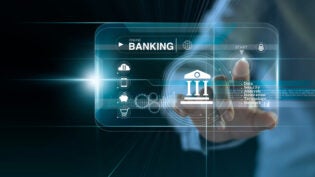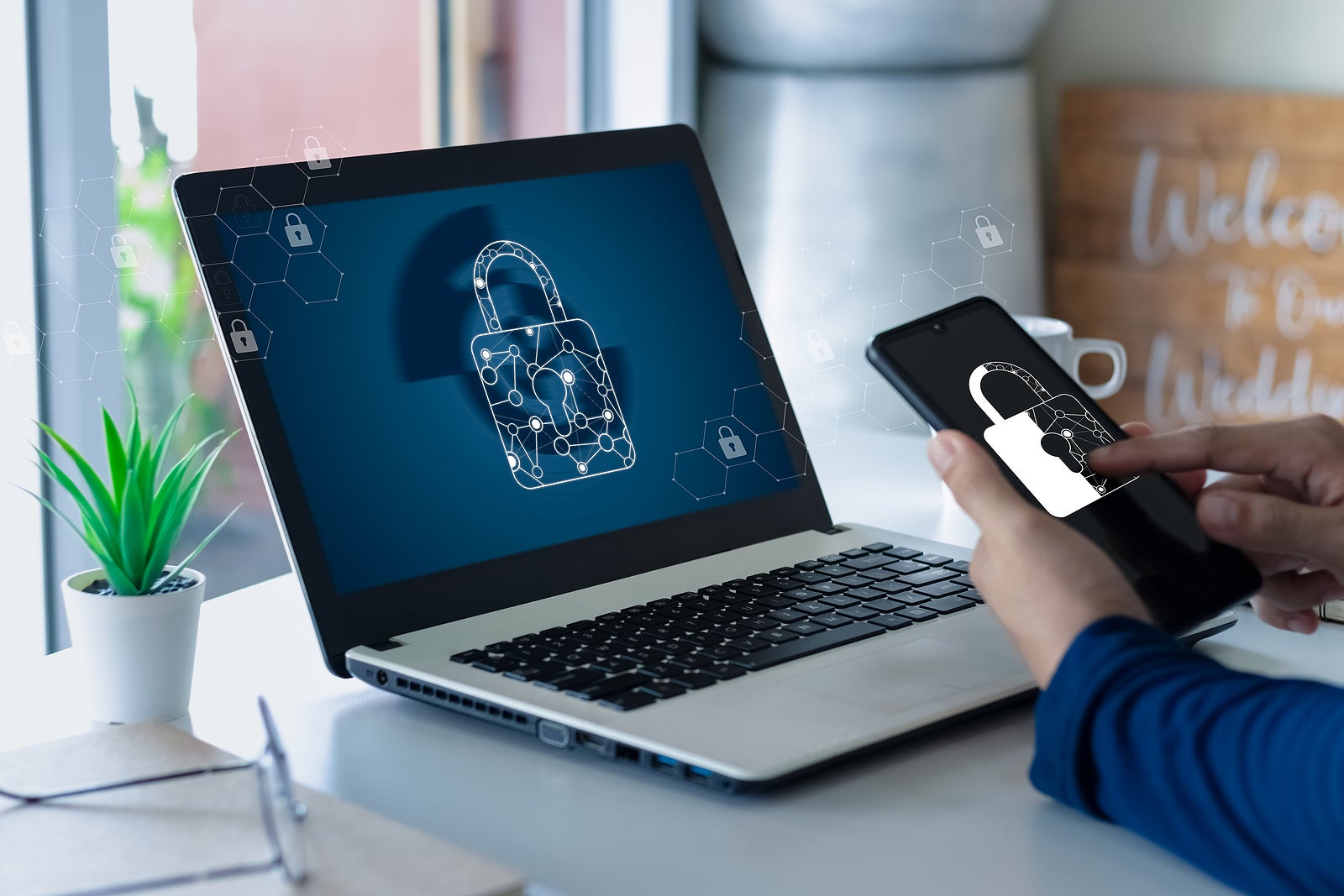
While surfing the web, you can come across a debate in the business world that you can either have security or usability, but not both. Historically, usability trumped security. There was no way for the average computer user to incorporate security practices into their daily routine.
But with the advent of new technologies, that paradigm has changed. You can have both security and usability. And it doesn’t take much technical know-how to have them too. Here’s what you need to know to achieve this goal.
Security Must Be Your Top Priority
It’s essential to emphasize how important security is. We live in an internet-driven world. More valuable data than ever stay in the cloud. The safety of that data can make or break your business.
Cyber-attacks are on the rise, growing by 67% in the last few years. More business data and operations shift online and into cloud-connected drives. Both the number of threats and the potential damage they can do continue to rise.
In the past, usability was the main priority. But those were different times. Not only were there fewer things of value in the online world, but the average person was much less tech-literate.
Millennials and Gen-Z are driving this era. They are tech-native and much more security and privacy-cautious.
Security is Getting Easier Too
The other issue is the perception that security must be complex and even cumbersome. It is no longer true. New technologies have made adding a layer of protection as simple as enabling an app in the background or scanning a fingerprint.
In short, it’s become easy to do things in the digital world securely. There’s no longer a learning curve or separation between IT professionals and the average user.
Here are the strategies and tools small businesses can adopt and integrate into all facets of their computer/device usage:
1. One-Click File Encryption
File encryption is the best example of security and usability coming together. It safeguards important files, turning your data into indecipherable code until you input the file password.
Through advanced coding procedures, it ensures only you or those you authorize can access your data. You can encrypt office documents, employee and customer records, and even anything you upload to the cloud.
There is encryption software for small businesses with enterprise tools, including secure sharing. All you do is select the file you want to encrypt, drag it to the app, and it’s safe from cybercriminals and any other threats.
2. New Authentication Tools
Everyone knows that passwords need to be unique, complex, and lengthy. You can no longer secure your bank account using “admin” or “password.” Here is a classic area where either usability or security could get sacrificed.
If you make a password too elaborate, it is difficult to remember it. If you make it easy to remember, it’s easier for a cybercriminal to crack.
Fortunately, password managers solved this dilemma. They enable you to create, manage, and store unique and complex passwords all in one secure dashboard. They’re not only safer but more convenient as you can use them for one-touch login for any connected account.
Read more on Best Free Password Managers
Furthermore, you can enhance security with other tools. Take two-factor authentication and biometric security features, for example. 2FA is a bit less convenient as it adds another step to the login process. But fingerprint ID and facial recognition software make it possible to access accounts in seconds.
3. Growing Awareness of Privacy
After years of privacy abuses by major platforms like Facebook and Google, privacy has finally gotten mainstream attention.
In the last few years, new laws like the EU’s General Data Protection Regulation and California’s Consumer Privacy Act came into effect. Companies no longer have carte blanche to do what they like with users’ data.
These regulations have brought privacy back to the forefront. And it has significant ramifications for businesses. It gives them more responsibility to better manage what they do with data. If they misuse it, they can get fined. If they lose it in a data breach, the consequences can be even more severe.
Make no mistake; data privacy is the centerpiece to security.
Security and Usability Are No Longer Trade-Offs
Twenty years ago, you had to compromise security or usability at the expense of the other. But the world is a much different place now. Advancements in technology have made it easier than ever to design software and business solutions with security and functionality incorporated from the ground up.
Take this approach to your data, applications, and products. It’s not only the right thing to do, but an excellent way to get an advantage over your competitors.
3306 Views














